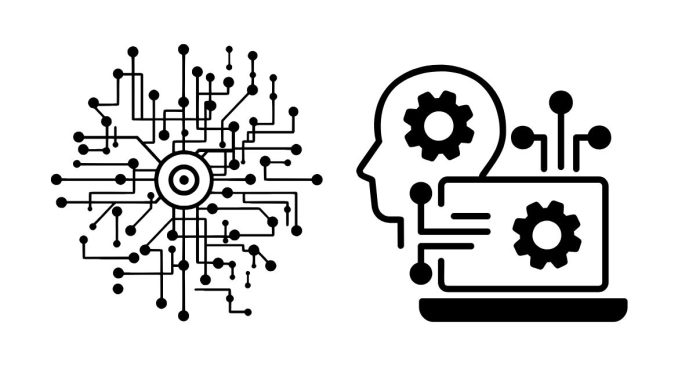An algorithm is a step-by-step procedure or set of rules designed to solve a specific problem or perform a particular task. It is a well-defined computational process that takes an input, performs a series of operations, and produces an output. Algorithms can range from simple instructions, like following a recipe, to complex procedures, like sorting millions of data points.
Key Characteristics of Algorithms:
- Definiteness: Each step is clearly defined and unambiguous.
- Finiteness: The algorithm must eventually terminate after a finite number of steps.
- Input: Algorithms accept zero or more inputs.
- Output: They produce at least one output.
- Effectiveness: Each step must be simple enough to be executed in a finite amount of time.
Introduction to Algorithms
Introduction to Algorithms is also the title of a well-known textbook authored by Thomas H. Cormen, Charles E. Leiserson, Ronald L. Rivest, and Clifford Stein. This book is widely used in computer science education and research. It covers a broad range of topics, including:
- Basics of algorithm design.
- Data structures (e.g., arrays, linked lists, trees).
- Algorithm paradigms like divide-and-conquer, dynamic programming, and greedy algorithms.
- Advanced concepts like graph algorithms, network flows, and NP-completeness.
This foundational text serves as a comprehensive guide for understanding algorithms and their applications in solving computational problems.


